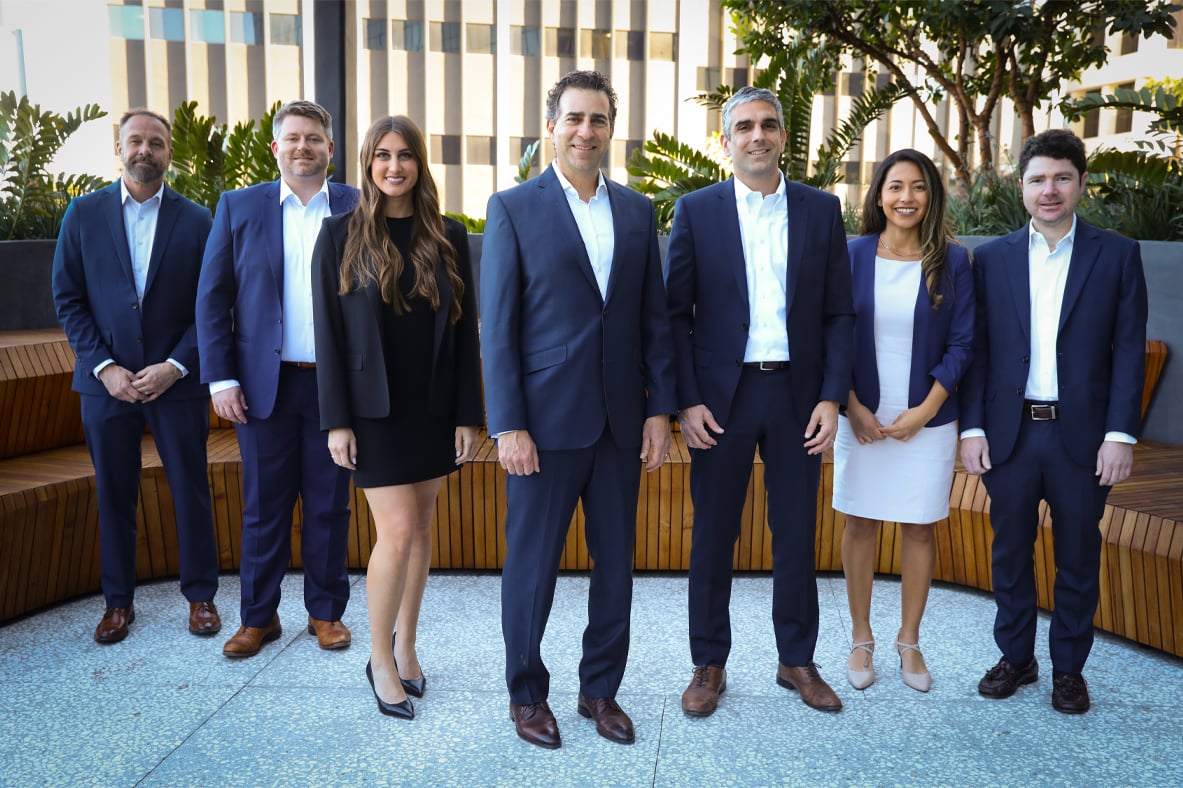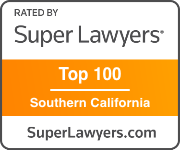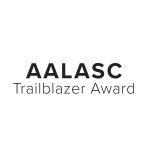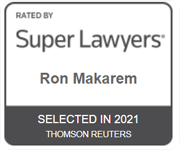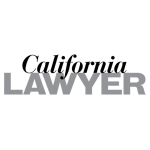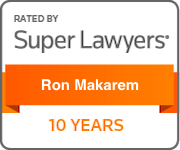Skadden Arps Pays $2.6 Million to Settle Legal Malpractice Lawsuit

The federal Health and Human Services Department launched a criminal Medicare fraud investigation of Waksberg and a civil Medicare fraud case in the late 1980’s.
Waksberg, who denied wrongdoing, settled the government’s civil claims by signing an agreement in September 1989, suspending him from participating in the Medicare and Medicaid programs for two years. The agreement also called for him to pay Health and Human Services $650,000. The doctor, however, never paid, saying he had not completely approved that settlement. The federal government then sued Waksberg for nonpayment in 1991.
As that case made its way through federal court in the District of Columbia Transamerica, the firm that oversees Medicare in southern California for the federal government, sent letters to Waksberg’s patients, saying the doctor had been suspended from Medicare. Waksberg went to court, arguing that the settlement was in dispute and that the Transamerica letters were incorrect. The judge agreed and ordered Transamerica to send new letters telling Waksberg’s patients to disregard the old ones.
Transamerica, however, failed to abide by the judge’s order, publishing a newsletter listing Waksberg as suspended from Medicare. Waksberg then sued Transamerica for defamation in July 1992, alleging the company ruined his career and his health by spreading false information. The doctor’s defamation suit was tried in Los Angeles County Superior Court at the same time the federal government was suing him over the disputed Medicare fraud settlement.
In the federal action, the court found in 1994 that the settlement in the government’s civil Medicare case was unenforceable, a ruling confirmed on appeal.
Meanwhile, Waksberg earlier had hired the Skadden firm’s Richard E. Drooyan to defend him as the government pursued its criminal Medicare fraud investigation. No criminal charges were ever filed.
Waksberg’s conflict of interest claim arose from his having retained Drooyan. Drooyan went on to be chief assistant U.S. attorney in Los Angeles. Now a partner at Munger, Tolles & Olson in Los Angeles, he has not been accused of wrongdoing. “I represented the guy, and years later something happened that had nothing to do with me,” Drooyan said. Los Angeles County Superior Court Judge Robert L. Hess found in October 2000 that Skadden had only a limited relationship with the doctor and was free to defend Transamerica against him. “I am not persuaded by a preponderance of the credible evidence that there is an appropriate basis to disqualify Skadden,” Hess said. Waksberg never appealed Hess decision. But he did appeal the terms of a settlement he had reached with Transamerica in his defamation suit. The doctor had agreed to allow a private judge to settle the case for no less than $7 million and no more than $11 million.”
Before Waksberg received any money, he told Skadden that he thought someone from the firm had once represented him. He later discovered his receipt showing he had paid Skadden to represent him. With that receipt, he challenged the settlement agreement, saying it had been obtained through fraud because Skadden had a conflict of interest. While appealing the settlement with Transamerica, Waksberg also sued Skadden for malpractice. “Skadden’s involvement in the Transamerica case deprived Waksberg of timely settlement and the receipt of millions of dollars in the Transamerica case,” Waksberg’s attorneys said in the email.
When the 2nd District Court of Appeal in Los Angeles decided Waksberg’s challenge to the Transamerica settlement, it also addressed Skadden’s possible conflict of interest, finding that the firm had a conflict.
A year before Waksberg appealed the Transamerica settlement, the company had hired Skadden partner Raoul Kennedy, the attorney at the center of the malpractice case. Kennedy, a legal-malpractice specialist won the California Bar’s trial lawyer Hall of Fame Award last year and has been listed in The Best Lawyers in America. He brought more than $10 million in businesses to Skadden each year in 2002 and 2003.
Kennedy had asked an associate to prepare a memorandum on whether he would have a conflict by representing Transamerica. The associate, according to Waksberg’s attorneys, gave the assignment to a law student working as a summer intern. The intern, Waksberg’s layers said wrote a memorandum containing several errors, including a claim that the doctor had been criminally convicted but that the conviction has been overturned on appeal. The intern concluded Skadden didn’t have a conflict of interest, and Kennedy agreed. Skadden’s lawyers said Kennedy never received any confidential information about Waksberg, whose malpractice case revolved, in part, around whether the law firm had access to Waksberg’s confidential files.
The two sides dispute whether Skadden kept any files from Waksberg’s original consultation with Drooyan in the late 1980’s. Waksberg said after he realized Skadden might have a conflict in the defamation case, he arrived unannounced at the firm’s Los Angeles Office in April 2000, seeking his files.
He said in court papers he was told that he could not get them until the following Monday. When he returned to the office, he said, a security officer turned him away. Skadden contends no one told Waksberg in 2000 that the firm had the files, which had been turned over to other attorneys representing the doctor years earlier.
“The undisputed evidence—produced belatedly in discovery—shows that Skadden returned Waksberg’s files to his criminal counsel, who, in turn, returned them to Waksberg,” Skadden’s attorneys wrote in a court filing. The firm’s lawyers also maintain there is no evidence Skadden received confidential information about Waksberg for the information about Waksberg for the Transamerica case. In its decision of Waksberg’s challenge to the Transamerica settlement, the appellate court wrote that Kennedy, the Skadden attorney, needed a permission slip signed by Waksberg before agreeing to defend Transamerica against him. Skadden “obtained material confidential information” when it represented the doctor in late 1980, Justice Daniel A. Curry wrote for a unanimous three-judge panel in an unpublished opinion.
The company had the affirmative duty under State Bar rules to seek Waksberg’s “informed written consent” before defending Transamerica against him a decade later. Presiding Justice Norman L. Epstein and Justice Charles S. Vogel concurred. The court said Kennedy’s “response breached a duty of disclosure grounded in a fiduciary or confidential relationship.” Waksberg’s lawyers in the malpractice suit included Ron W. Makarem and Peter M. Kunstler of Makarem & Associates in Los Angeles and Mathew J. Matern of Rastegar & Matern in Torrance.
Skadden’s attorneys included John W. Keker, Daralyn J. Durie and Stephen A. Hirsche of Keker & Van Nest in San Francisco.
